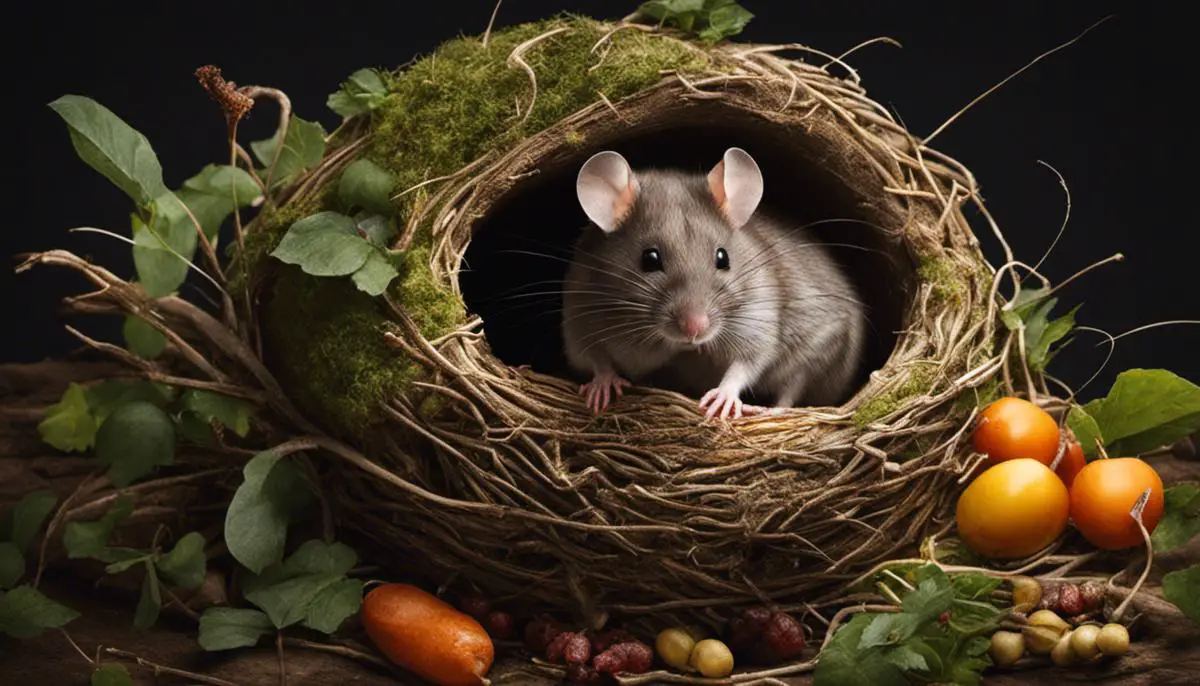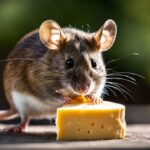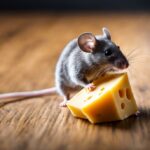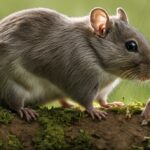Mice infestation presents a significant threat to households, leading to substantial damages and potential health risks. It is thus paramount for every household to be well-versed in strategies aimed at preventing mouse infestation. A multi-faceted approach proves to be most effective, beginning with a thorough understanding of mouse behavior – their nesting, feeding habits, and factors that make your home an attractive dwelling for these rodents. Along with gaining insights into their reproduction rates and prevalent signs of infestation, one must also equip themselves with knowledge on proper preventive measures. It involves meticulous sanitation practices, secure food storage, and handling, along with sealing possible entry points throughout the house. Equally important is staying familiar with various types of traps and repellents available in the market.
Understanding Mouse Behavior
Proliferative Peculiarities: The Unique Characteristics of Mice That Contribute to Their Infestations
The ubiquitous presence of Mus Musculus, commonly known as the house mouse, is more than just coincidence. This small mammal, often considered a pest, possesses a set of unique characteristics that allow it to infest human dwellings ubiquitously. Understanding these factors is indispensable in our quest to control their population and mitigate their impact on human habitats.
Firstly, the life cycle and reproductive capabilities of mice significantly contribute to infestations. Females, with their ability to produce litters of 5-6 offspring every three weeks, exhibit an impressive fecundity. As these offspring mature after just six weeks and begin reproducing consecutively, the rate of population increase is substantial.
Secondly, their small size and flexible bodies are key assets for the mice. Able to infiltrate structures by squeezing through openings as small as a quarter inch in diameter, this broadens their access to warm and safe nesting sites within human dwellings.
Next, the omnivorous and opportunistic diet of the mouse plays a crucial role in their infestation capabilities. These creatures showcase an astronomical ability to adapt their diet based on available resources, consuming anything from meat to vegetables, and even items such as adhesive tape and soaps when food is scarce.
Additionally, mice possess a robust survival instinct. They are crepuscular – most active during twilight hours – which helps them avoid predation. Their excellent sense of hearing and smell, combined with their agility and quickness, aid in avoiding capture.
Mice also exhibit a behavior called neophobia, a fear of new things, which initially can make them wary of traps and baits. However, this trait also compels them to establish and memorize routes for food and escape, creating a system within their invaded territory.
Lastly, their adroitness in the construction of nests using material accessible within their territory, like fabric, paper, or insulation makes indoor environments particularly attractive for these pervasive intruders.
It’s clear that the very nature of mice – their reproductive prowess, small size, flexible diet, survival instincts, negative geotaxis, and nest-building capabilities – greatly contributes to their ability to infest human spaces. Through understanding these unique characteristics, scientists and pest control professionals are better equipped to develop effective, humane strategies for managing these prolific creatures, without disrupting the ecological balance. It is indeed the interdisciplinary spirit of biology that invites these compelling insights, paving a path towards sustainable solutions.
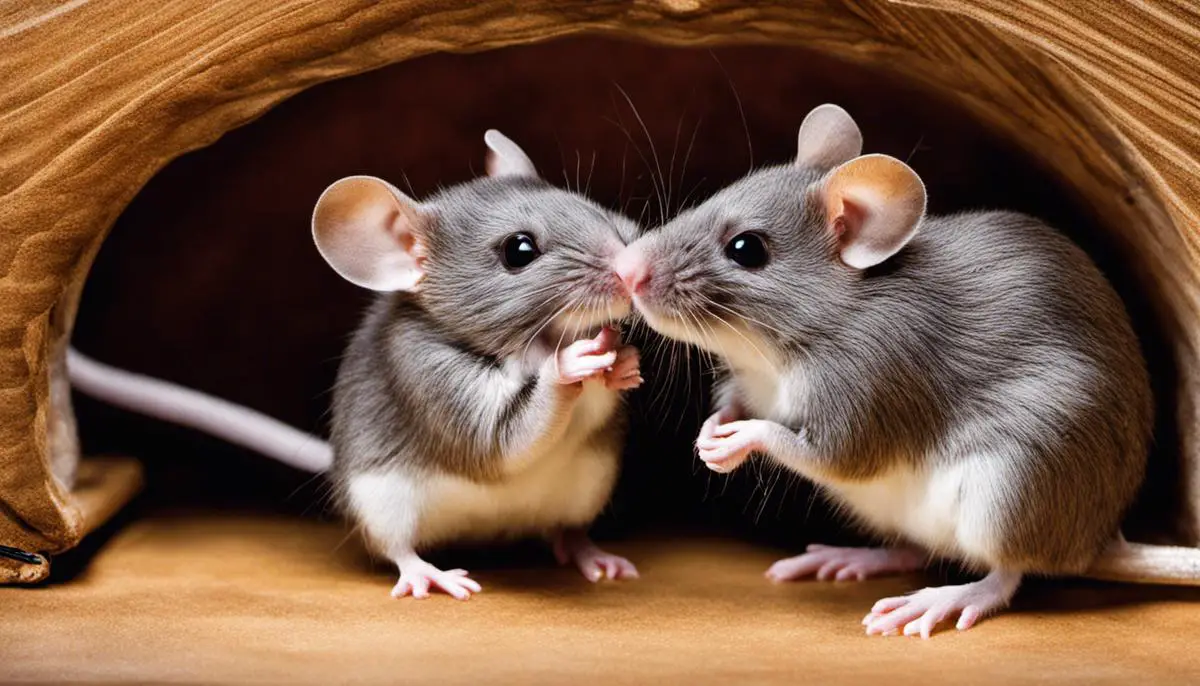
Implementing Preventive Measures
In the endeavor to forestall the unwelcome arrival of mice in your environment, one must fully recognize and acknowledge the property or dwelling’s vulnerabilities. An upfront investigation focusing on small openings, cracks, or gaps that are as miniscule as a quarter of an inch can pave the way to a more thorough and formidable barrier. Applying sealants such as caulk or foam, or establishing a physical barrier with steel wool can prove instrumental in preventing the incursion of these pertinacious creatures.
One of the most salient practices to impede a potential mouse infestation is the meticulous management of potential food sources. Mice are notably resourceful creatures, capitalizing on scraps or spills of food that generally go unnoticed by human habitants. Regular sweeping and vacuuming, alongside swift clean-up of spilt food, can rein in this omnipresent temptation for rodents.
Another paramount step to deter the onset of mice is to securely contain food stores. Provisions stored in plastic containers or bins can be effortlessly accessed by the sharp and strong incisors of mice. Instead, it can be advised to consider metal, glass, or ceramic containers with tight-fitting lids, which present a far more formidable obstacle.
Water sources within households may often be neglected; however, they are equally attractive sources for mice. As a measure of defense, address leaky pipes and faucets promptly, not overlooking the disposing of water from pet’s dish overnight and maintaining a dry environment in general.
The vegetation surrounding the property plays a vastly significant role, as these can unintentionally present natural bridges for rodents. Compost heaps, woodpiles, or thick foliage near the dwelling can serve as a perfect refuge until they make their way indoors. Regular maintenance of vegetation, keeping them at a reasonable distance from the main structure, complements your efforts in safeguarding the habitat.
In conclusion, persistent and all-embracing attention to established vulnerabilities of dwellings, combined with thorough practices surrounding sanitation, food storage, and compound maintenance, lay the firm footing for a highly effective mouse prevention strategy. Consequently, such actions enable us to maintain our living quarters as a place of comfort and sanctity rather than a breeding ground for rodents. The battle against mouse infestation is one that is best fought with an eloquent strategy of prevention.

Continuous Monitoring and Maintenance
Moving forward, it is of utmost importance to continually practice these prevention protocols for an effective long-term solution.
Typical to their natural instincts, mice maintain an inclination towards survival adaptiveness and can potentially recirculate in spaces once identified as opportunistic environments.
Therefore, implementing a systematic monitoring plan, underpinned by a scientific understanding of these creatures is crucial for long-lasting home rodent control.
Devising an observatory routine includes visual assessment and employing modern technology, which can be a fruitful strategy.
It is fundamental to regularly inspect all potential access points such as garages, crawl spaces, attic, basements, and storage rooms for new gnawing, droppings, or nests.
A strategic approach is utilizing a strong flashlight for these examinations, as it accentuates these signs that could easily be missed otherwise.
Following the principles of light reflection mechanisms, high-intensity beams render visibility to tiny hair strands that indicate possible mouse activity.
Exploiting technological advancements can further fortify these tactics.
Ultrasonic rodent repellents, with their ability to emit high-frequency sound waves, seem to be a viable avenue to explore.
These repellents are considered safe for human residents while proving to be disconcerting to mice, hence preventing reestablishment.
Furthermore, modern rodent alert systems equipped with sensors can help provide real-time status updates about rodent activity, thereby enabling quick responsive actions.
Decisively managing non-human attractants is another cornerstone of this monitoring program.
Composting, for example, is an eco-friendly exercise but it could be counter-productive if improperly managed.
Mice are particularly attracted to compost piles and gardens could eventually serve as perfect breeding grounds.
Thus, securing compost piles in rodent-proof containers and proper restraining of lids can be effective.
Similarly, birds feeding sites may involuntarily provide food for mice; therefore, cleaning the site daily is recommended.
It is also worth mentioning the importance of sanitary waste management.
Clearing garbage regularly, and setting them out only on collection days could prevent opportunistic invasion.
Moreover, making sure lids on the trash cans fit tightly minimizes the prospects of intrusion.
Integrating these measures with the understanding of mice behavioral patterns, can serve as an operative strategy to monitor and curb the potential return of mice.
Deploying these measures systematically can help achieve a continually rodent-free living environment.
It is always wise to remember that prevention is a more constructive approach than combating the aftermath of an infestation.
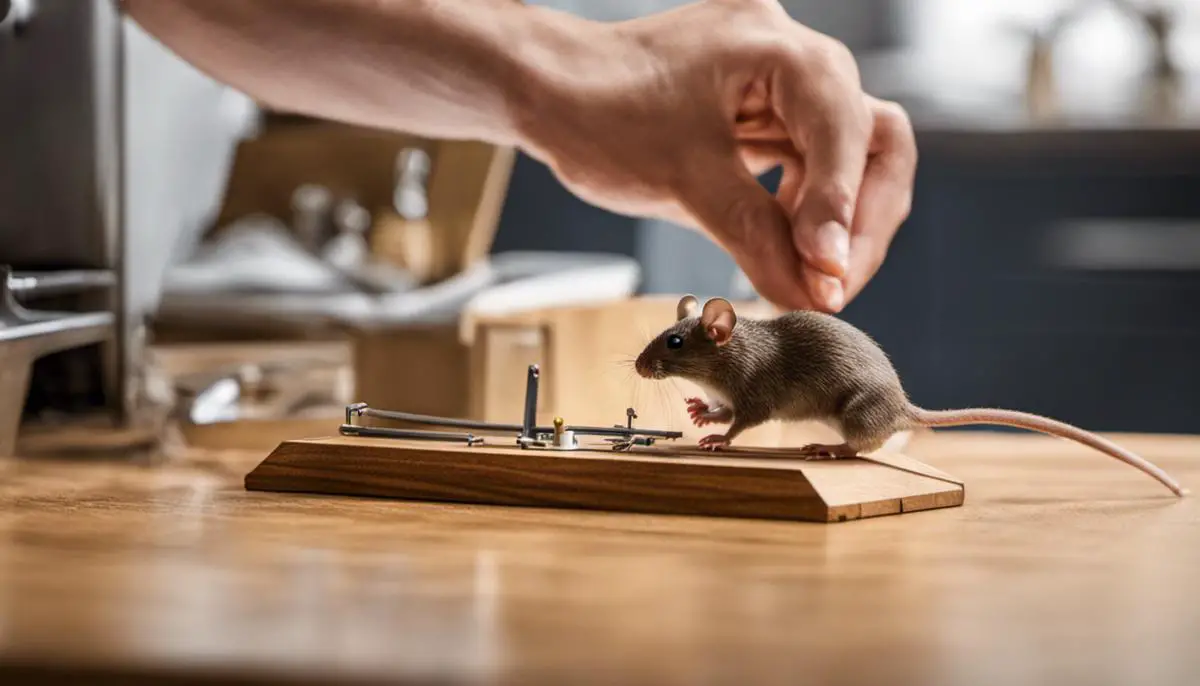
While equipping oneself with knowledge and strategies to prevent mouse infestation is crucial, the importance of regular monitoring and maintenance cannot be understated. Regular inspections of potential infestation hotspots and devoted upkeep of preventive measures ensure a home resistant to these rodents. Immediate action must be taken upon noting any signs of fresh infestation, reinforcing the primacy of awareness and swift reaction in preventing degrees of damage. Remember, a well-informed household is not just one that prevents mouse infestation; it is one that maintains a consistent protective guard for the long-term benefit of its inhabitants and integrity of its structure.

